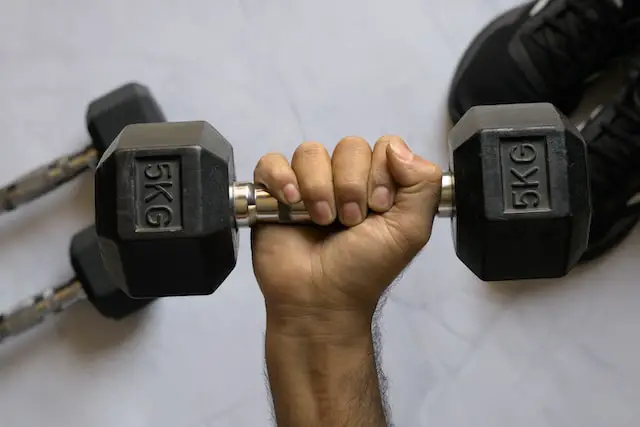The absolute answer to this for years was “Yes!” And the other part of the answer was “Well we really don’t know but we’d rather not take the chance. They’re kids, you know?”
Funny Question
All sorts of people have asked this question and the answers change depending on what textbook you read.
It all comes down to bones. To clarify the question of “Does weight training stunt your growth?”, you would be better off asking “Does weight training stunt the growth of your bones?”
What Is a Growth Plate?
So, inside the long bones of young person is a specific area where it elongates (lengthens). This is called a growth plate. Injuring this area while you are growing could cause that area to fuse and stop lengthening. This becomes a problem when one leg stops and the other leg keeps getting longer.
The concept behind the “Don’t strength train your child” is that the excess tension put on the bones by tight muscles will cause the growth plates to fuse sooner or be less effective at lengthening.
Is There a Growth Plate in Every Bone?
Growth plates are one way that bones grow. Not every bone has a growth plate and there are other ways for bones to grow. I focus on this specific method because it is the one that is most often cited for concern over strength training with humans under 14 years of age.
What Makes Sense to Me
Think this through. If it were true that excess tension on the bone would cause it to stop growing, then you would have runners (who train their legs all the time) with short legs and longer arms that would make them look funny.
Tennis players only use one arm to swing the racket. That arm has much more strength and power than the other side, so… do they have one arm shorter than the other? We would have heard about it by now if they did. I started playing tennis at age 11 for hours and hours. And while there is more muscle there, the bone structure is no different between my left and right arms.
Our training programs would look much different if people did come out this deformed. I personally never believed the theory for a second, but my unwillingness to stunt the growth of a young person led me to go easy on them. But even the guidelines set out by one of my older certifications said, “body weight only.” So, a child lifting their body weight isn’t going to stunt growth, but a 5-pound dumbbell will? There was a lot of conflicting information around, so something had to be wrong.
A Review of Recent Science
Here’s a video I recommend that explains some recent science on the subject as well as some good advice on training adolescents.
Should Teenagers Train The Same As Adults? (Science Based) – YouTube
Case Studies of Teenagers Gaining Muscle
I have trained several teenagers under the age of 14 and seen them grow like crazy. Nothing I did stopped them from growing vertically. They ended up being somewhere around their parent’s height and the parents didn’t exercise at all when they were young.
When I was a kid, I did hard manual labor from the ages of 10-16. Like, really hard. I’m now 6’ 1” and taller than anyone in my family. One summer I actually grew about 6 inches, and I have stretch marks on my back because I grew so fast. I can say for a fact that moving big rocks, digging holes for ponds, mowing lawns, and moving railroad ties did not stunt my growth. I’m the tallest one in my family.
Why Ask the Question in the First Place?
Of course we don’t want to stunt anyone’s growth. But are we seriously that scared to act? What happened to the hundreds of thousands of years of humans surviving by doing what they had to? Worrying about your “stunted growth” or “that extra inch” is a very nice thing to have to worry about as opposed to getting eaten by an animal or running out of food.
We’ve got it easy these days and I find myself having to answer silly questions sometimes. I’m not trying to discourage people from asking questions. I just think perspective is good.
Conclusion
I’ve had my own suppositions and evidence that convinced me what was right.
Do your own research. When you have a specific kid in front of you, with a specific goal in mind, and a specific training plan you are considering – then you can look at the data and make a decision.


